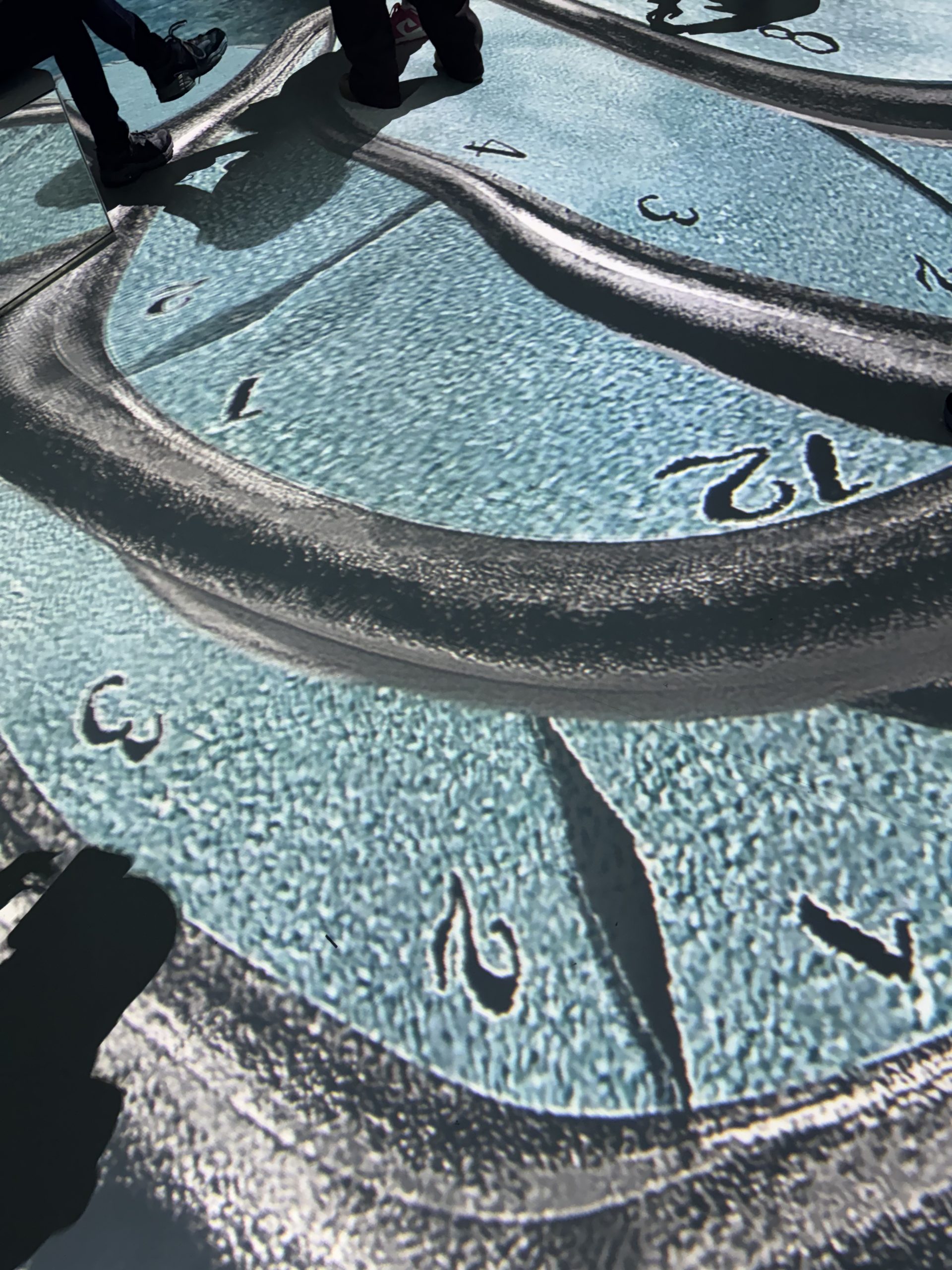Understanding the Change Curve
Change, as they say, is here to stay. But have you ever found yourself reacting badly to change – even when you knew it was coming?
Maybe you’ve made a big life decision, or someone’s made one for you, and you suddenly feel completely overwhelmed. You start questioning everything: your ability to cope, the people around you, even your own judgement.
If that sounds familiar, you’re not alone. I’ve been there too. So have my clients, my friends, and – on more than one occasion – my son Zac.
Understanding the change curve has helped me make sense of these big emotional reactions, and I hope it will help you too. This isn’t about psychology theory for the sake of it – it’s about recognising the emotional journey we go on when life doesn’t stay the same.
And it begins, as many real-life changes do, with a jolt.
1. Shock
“I didn’t see this coming.”
That moment when your stomach drops. A diagnosis. A restructure. A relationship ending. You hear the words, but you can’t quite take them in.
I remember this vividly when we were told that Zac had Down Syndrome. There were no warning signs. Just a whirlwind of new information and uncertainty. I was in the room, nodding along, but emotionally frozen. That’s shock – our brain’s way of protecting us from too much, too fast.
2. Denial
“This isn’t real. Maybe it’ll go away.”
Once the dust settles, the mind starts looking for a loophole. Maybe they’ve got it wrong. Maybe things will just go back to how they were. We cling to familiar routines and avoid making the changes we know deep down are needed.
This phase is quiet – but it’s not acceptance. It’s a pause button.
3. Anger, Frustration and Blame
“This isn’t fair. Why me?”
Here’s where the emotions really show up. You might feel angry at others, frustrated by how powerless you feel, or even ashamed of your own reactions. It’s messy – and that’s okay.
For Zac, this is the part where he often gets stuck. He has always struggled with change and, and as parents, we’ve sometimes backed off too soon, thinking we were helping him. But I’ve realised now: this stage is a signal, not a stop sign. It’s how our brains protest when the world no longer makes sense.
4. Depression and Feeling Low
“What’s the point?”
The fight drains out. This is the dip in the road where energy disappears and confidence falters. You might feel tearful, tired, or disconnected. It’s not clinical depression (although it can overlap), but it is a grief of sorts – for the life you thought you had.
This stage often gets hidden under a mask of ‘keeping busy’. Charity leaders are especially prone to this! But ignoring it doesn’t make it go away – it just prolongs the process.
5. Understanding and Acceptance
“Maybe this could be okay.”
Eventually, a shift happens. You start to breathe again. You find your feet in the new reality, and while you may not like the change, you begin to understand it.
6. Moving On
“What’s next?”
This is the phase people rush towards, but it only comes when the others have been honoured. Now, the change becomes part of your story – not your whole identity, but a chapter you’ve lived and learned from.
You start to feel ready for more. Stronger. Wiser. Different – in a good way.
Final Thoughts: Change Isn’t Linear
We don’t go through the change curve in neat, tidy lines. We bounce around, revisit stages, and sometimes feel stuck. That’s normal. But when we understand the emotional response to change, we can be kinder to ourselves—and to others.
So, if you’re facing change right now, take heart. You’re not broken. You’re becoming.
And if you’re supporting someone else through change – especially a loved one with additional needs – know that every time you sit beside them without rushing the process, you’re building trust, safety, and resilience.
That’s what helps us move forward. One step at a time.
Do you want to find out a bit more about the change curve and why it’s an important part of our personal development and transformations? I recommend you start by reading ‘You’re Better Than You Think You Are’ by Angela Cox. Chapter 1 breaks the change curve down beautifully. Click to get your copy here.
And if you’re at that point where you’d like help navigating your own change, you can get in touch with me here.
If you’re on social media – I’d love to connect with you. Follow me on LinkedIn and Instagram!

